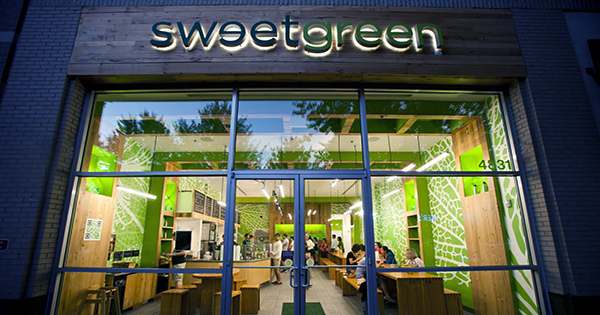Rent the Runway is set to price its IPO later today and begin trading the next morning, assuming all goes according to plan. Udemy is on its way to the public markets as well, all birds as well. Sweetgreen put their hat into the ring this week. Sweetgreen is a fast-casual restaurant noted for its salads, which are popular among office workers. As a lifelong part of that cohort, while I worked in a large city office, I can confidently affirm that.
On TechCrunch, why are we discussing a fast-casual food chain? Because Sweetgreen raised hundreds of millions of dollars as a private firm, including a series of venture capital rounds (including a Series I in 2019) and money from other investors. In other words, it is a unicorn with a lot of support. It is simply that it makes salads rather than, say, corporate software.
So, let us look at their IPO filing to learn more about the company’s operations and performance. We will wrap off by saying that we have no clue how to price the firm, which is the same problem we faced with Rent the Runway. The value of tech-enabled enterprises will be demonstrated in the next days and weeks, especially in comparison to more digital and hard-tech activities once again.
Sweetgreen has 140 locations in 13 states and the District of Columbia, with 1.35 million consumers placing at least one order in the 90 days leading up to September 26, 2021. In terms of technology, digital orders accounted for 68 percent of Sweetgreen’s income in the fiscal year to far, which concluded September 26. As previously stated, workplace culture has played a significant role in Sweetgreen’s success. Observe how the corporation describes the impact of COVID-19 — which disrupted going to offices in general — on its operations in its S-1 filing (emphasis: TechCrunch):
- Due to the COVID-19 pandemic in fiscal year 2020, we saw a drop in our In-Store Channel, notably in major business districts, which was somewhat offset by robust sales in our suburban sites and excellent off-premises digital sales across all markets. As COVID-19 vaccinations were more widely accessible and customers began to return to offices, we saw excellent momentum across all of our channels for the fiscal year to date, which ended September 26, 2021.
Sweetgreen has grown steadily over the years, with “119 locations as of the end of the fiscal year 2020” and “140 restaurants as of the end of September this year,” according to the same filing. Sweetgreen is “targeting” a “average investment of around $1.2 million per new restaurant” in the future as part of its expansion strategy. Sweetgreen’s revenue growth is fueled by a few trends that the firm sees as accretive, such as a consumer move toward more plant-based eating and “fast adoption of digital and delivery,” which are major revenue channels for the food chain.
Whatever your feelings about the Sweetgreen brand, the company’s fundamental business model look to be good on paper. People are eating better and ordering more food from delivery services. Salads are easy to travel to (they are not soups) and can be as plant-based as you wish. In addition, because selling food is a viable business model, why not Sweetgreen? So, how has the firm fared in terms of business throughout the previous three years of expansion? Let us take a closer look.
















